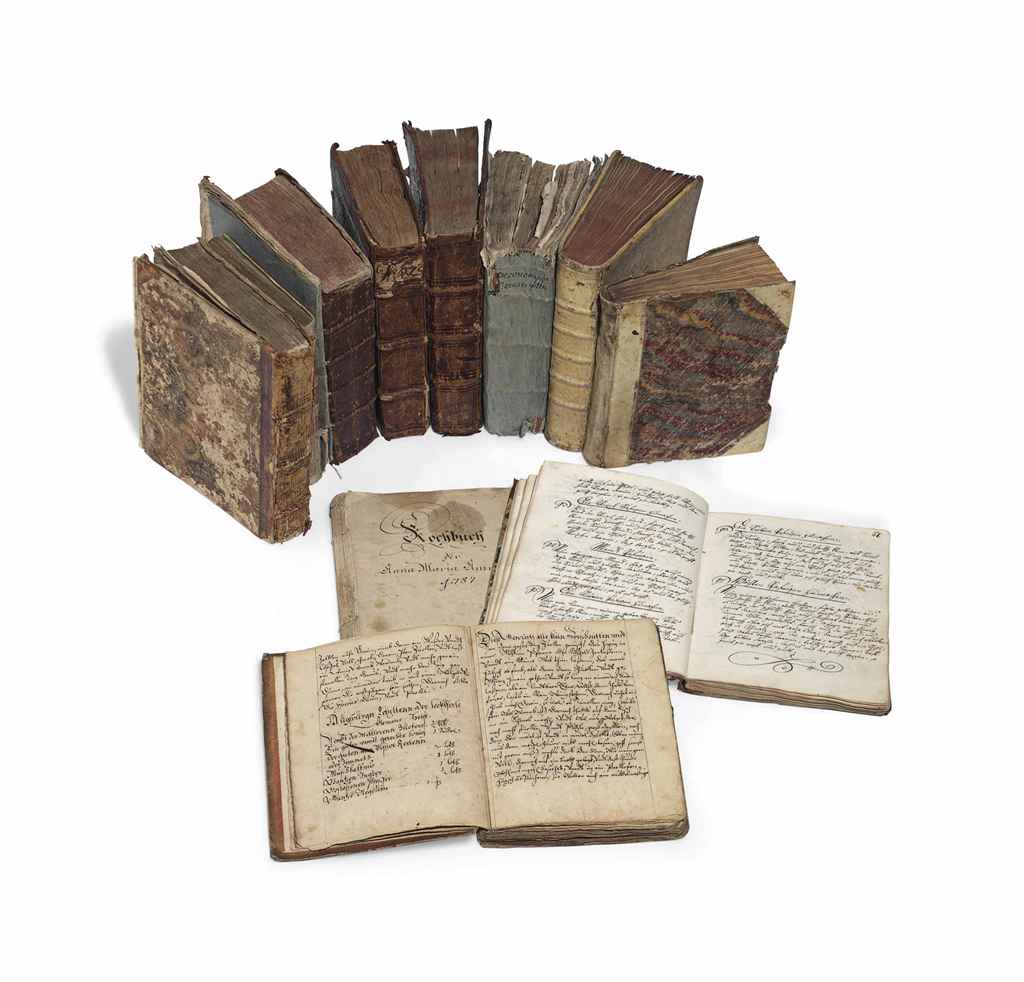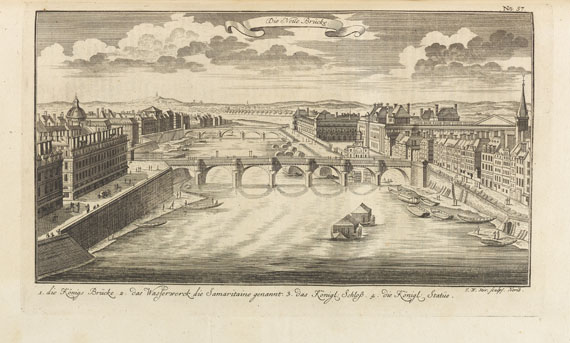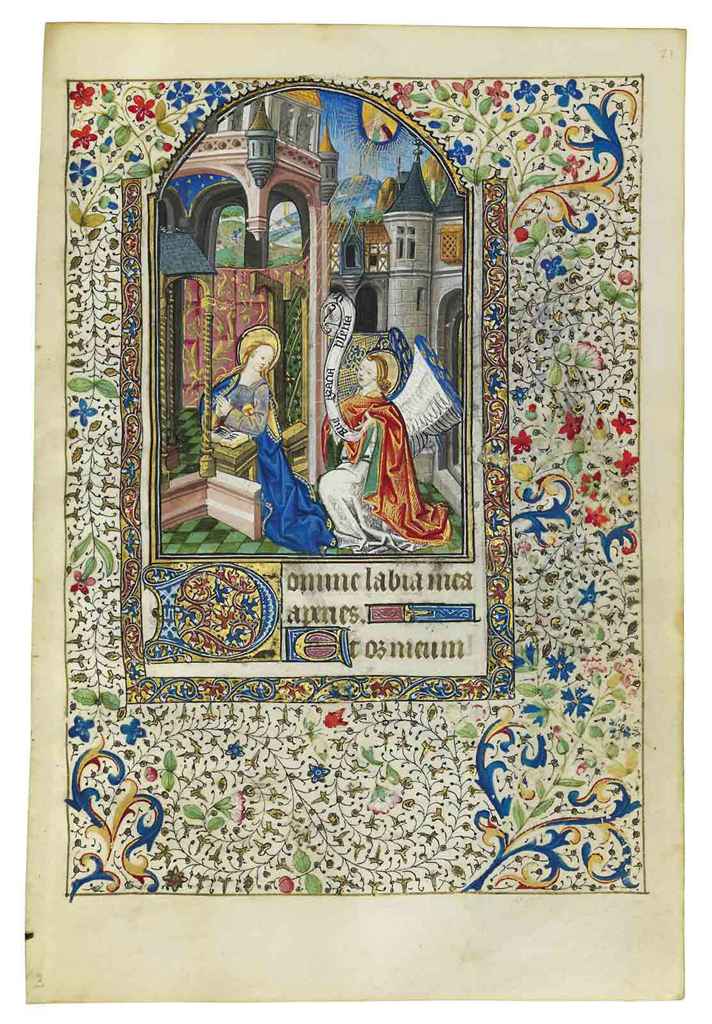The ex-Anna Maria Peduzzi/Gilberte Thirion, 1956 1000km Paris, class-winning 1956 FERRARI 500 TESTA ROSSA COACHWORK BY SCAGLIETTI Chassis No. 0620 MDTR Engine No. 0620 MDTR Red with red seats Engine: four cylinders, 1,984cc, 180bhp at 7,000rpm; Gearbox: 4-speed manual; Suspension: independent front wishbone with coil springs, rear, rigid axle with coil springs and trailing arms; Brakes: four wheel drum. Left hand drive. In the mid-Fifties, Ferrari had existed not even ten years and had produced fewer than a few hundred cars. The activity of the Modenese manufacturer was still very artisanal and mainly directed towards competition. Ferrari was present on all fronts: Grand Prix racing with the single seaters, as well as long distance and road racing with the sports grand tourismo cars. The company had so far devoted most of its efforts to promote the V12 engine. Its abandonment in favor of the four and six cylinder units (the sports cars of the Scuderia were exclusively equipped with these types of engines for the 1995 season) might appear an astonishing change of course. In fact, the decision to experiment with four cylinder sports cars had a logical explanation. These engines had been continually tested and developed in the single-seaters with considerable success. Engineer Colombo's arguments in favor of the V12 engine, notably its large piston surface area and the high piston speed brought about by the short stroke, were self-evident. But Aurelio Lampredi, who had taken over from Colombo, seemed to attach less importance to them than his predecessor and preferred other important advantages: weight reduction, better torque at low speeds and a considerable reduction in the number of moving parts. With a capacity of 2 liters, the first four cylinder engine proved from the start to be almost invincible and gained Alberto Ascari and the marque Grand Prix World Championship titles in 1952 and 1953. Ferrari then decided to let the sports car benefit from the four cylinder design. It was tried out in 2.5 liter form only in official cars like the 625 TF. The 2 and 3 liter versions gave birth to two models for private customers: the 500 Mondial and the 3 liter 750 Monza, beautifully bodied by local coachbuilder Scaglietti. Then, in 1954, the factory also started using 750 Monzas in long distance racing. Driven by champions of the caliber of Hawthorn, Gonzales, Maglioli, Trintignant and the likes, the very fast 750 played an important role in clinching the World Championship Car Manufacturer title for Ferrari in 1954. The jubilation of Lampredi, the originator of the four cylinder engine, must have reached its peak when Mike Hawthorn, driving a 555 Squalo Formula One car sharing the same engine concept, also defeated the dominating Grand Prix Mercedes in the Spanish Grand Prix. At the close of the 1954 season, Ferrari considered themselves well satisfied with the results obtained and decided to continue along the same line. The development of the existing four cylinder took place in the form of a six cylinder engine, created by adding two extra cylinders without altering the prior designs. There was the 376S (3.7 liter), better known as the 118, and the 446S (4.4 liter), more commonly called the 121, both of which actively opposed the Mercedes 300 SLR, the Maserati 300S and the Jaguar D-Type in competition. Ferrari lost the 1955 championship by only one point thanks to the numerous points scored by private entrants running the faithful four cylinder cars like Johnny Claes, Masten Gregory, Phil Hill, Francois Picard, Carroll Shelby, Mike Sparken and Jacques Swaters, to name a few. The 500 and 750 models had proven themselves to be much more reliable, so much so that Ferrari decided to drop the six cylinder experiment and to replace it by further development of the four cylinder, the 857S (capacity enlarged to 3.4 liter). These versions were unfortunately entered too late and the Ferrari team, with its ten mechanics, could do n
The ex-Anna Maria Peduzzi/Gilberte Thirion, 1956 1000km Paris, class-winning 1956 FERRARI 500 TESTA ROSSA COACHWORK BY SCAGLIETTI Chassis No. 0620 MDTR Engine No. 0620 MDTR Red with red seats Engine: four cylinders, 1,984cc, 180bhp at 7,000rpm; Gearbox: 4-speed manual; Suspension: independent front wishbone with coil springs, rear, rigid axle with coil springs and trailing arms; Brakes: four wheel drum. Left hand drive. In the mid-Fifties, Ferrari had existed not even ten years and had produced fewer than a few hundred cars. The activity of the Modenese manufacturer was still very artisanal and mainly directed towards competition. Ferrari was present on all fronts: Grand Prix racing with the single seaters, as well as long distance and road racing with the sports grand tourismo cars. The company had so far devoted most of its efforts to promote the V12 engine. Its abandonment in favor of the four and six cylinder units (the sports cars of the Scuderia were exclusively equipped with these types of engines for the 1995 season) might appear an astonishing change of course. In fact, the decision to experiment with four cylinder sports cars had a logical explanation. These engines had been continually tested and developed in the single-seaters with considerable success. Engineer Colombo's arguments in favor of the V12 engine, notably its large piston surface area and the high piston speed brought about by the short stroke, were self-evident. But Aurelio Lampredi, who had taken over from Colombo, seemed to attach less importance to them than his predecessor and preferred other important advantages: weight reduction, better torque at low speeds and a considerable reduction in the number of moving parts. With a capacity of 2 liters, the first four cylinder engine proved from the start to be almost invincible and gained Alberto Ascari and the marque Grand Prix World Championship titles in 1952 and 1953. Ferrari then decided to let the sports car benefit from the four cylinder design. It was tried out in 2.5 liter form only in official cars like the 625 TF. The 2 and 3 liter versions gave birth to two models for private customers: the 500 Mondial and the 3 liter 750 Monza, beautifully bodied by local coachbuilder Scaglietti. Then, in 1954, the factory also started using 750 Monzas in long distance racing. Driven by champions of the caliber of Hawthorn, Gonzales, Maglioli, Trintignant and the likes, the very fast 750 played an important role in clinching the World Championship Car Manufacturer title for Ferrari in 1954. The jubilation of Lampredi, the originator of the four cylinder engine, must have reached its peak when Mike Hawthorn, driving a 555 Squalo Formula One car sharing the same engine concept, also defeated the dominating Grand Prix Mercedes in the Spanish Grand Prix. At the close of the 1954 season, Ferrari considered themselves well satisfied with the results obtained and decided to continue along the same line. The development of the existing four cylinder took place in the form of a six cylinder engine, created by adding two extra cylinders without altering the prior designs. There was the 376S (3.7 liter), better known as the 118, and the 446S (4.4 liter), more commonly called the 121, both of which actively opposed the Mercedes 300 SLR, the Maserati 300S and the Jaguar D-Type in competition. Ferrari lost the 1955 championship by only one point thanks to the numerous points scored by private entrants running the faithful four cylinder cars like Johnny Claes, Masten Gregory, Phil Hill, Francois Picard, Carroll Shelby, Mike Sparken and Jacques Swaters, to name a few. The 500 and 750 models had proven themselves to be much more reliable, so much so that Ferrari decided to drop the six cylinder experiment and to replace it by further development of the four cylinder, the 857S (capacity enlarged to 3.4 liter). These versions were unfortunately entered too late and the Ferrari team, with its ten mechanics, could do n













Testen Sie LotSearch und seine Premium-Features 7 Tage - ohne Kosten!
Lassen Sie sich automatisch über neue Objekte in kommenden Auktionen benachrichtigen.
Suchauftrag anlegen